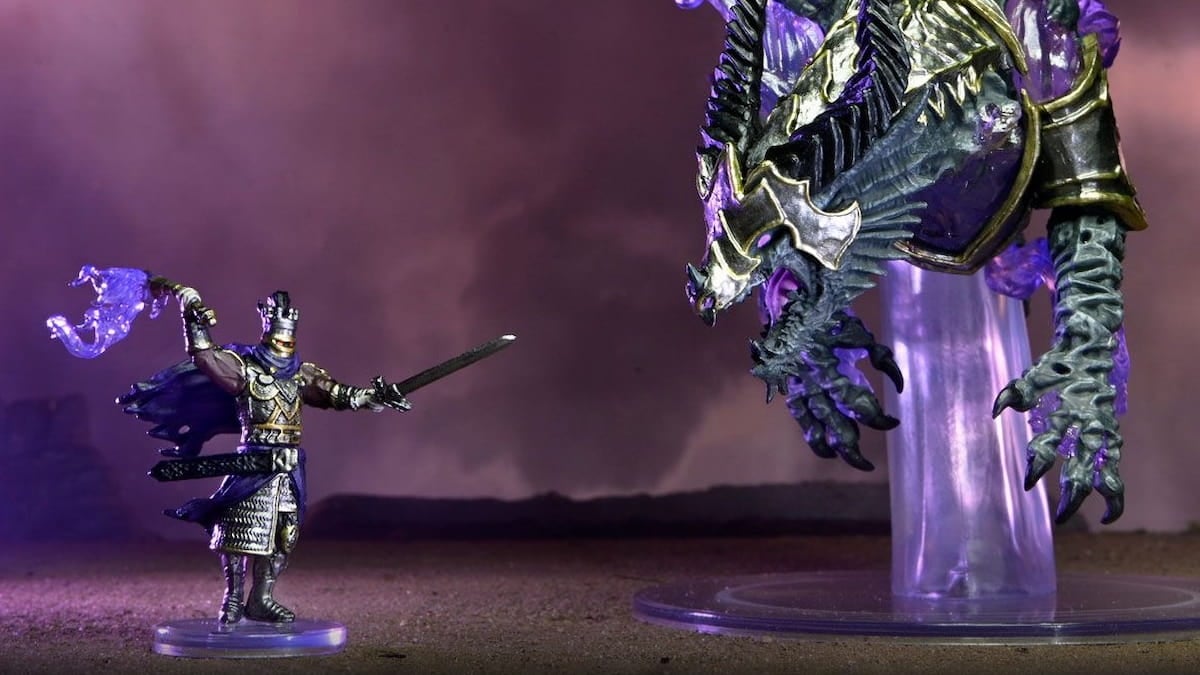When it comes to combat, the Dungeons & Dragons Rogue class favors timing and opportunity over anything else. They cannot throw fireballs at groups of enemies, nor can they rely on heavy suits of armor to shield them from the swords and arrows of their foes. Instead, they must rely on stealth and misdirection to prove they’re not the real threat. The enemy doesn’t realize that they’re a danger until they see a dagger hurtling toward their eye, at which point it’s too late. This is accomplished via the Sneak Attack class feature, which has some rules that can confuse players new to the game.
Related: When Did DnD Come Out & Who Invented It? Explained
D&D Rogue Sneak Attacks, Explained

The bread and butter of the D&D Rogue’s arsenal is the Sneak Attack class feature, which allows them to deal additional damage when certain conditions are met. The damage amount increases as they level up. For Sneak Attack damage to be applied, the Rogue either needs Advantage on the attack roll or for the enemy to have another target within melee range.
There are lots of ways to gain Advantage on an attack. For example, if an enemy is under the effects of a faerie fire spell or has been knocked prone, all successful attacks the Rogue makes against that target will add the extra Sneak Attack damage.
The enemy target rule is slightly more complicated. In 99% of cases, this will refer to another party member, but it also applies to NPCs that are fighting the target at the same time. All that matters is that the enemy is engaged in melee combat with another target, as demonstrated in the diagram below.

In the above image, the red kobold is a Rogue, while the dark-haired human is a friendly Fighter in their party, and they are both fighting a ghoul. As the Fighter is within 1 space/5ft of the enemy, all attacks the Rogue will make against the enemy will deal Sneak Attack damage on top of their regular weapon damage.

Additionally, any attacks the Rogue makes with a ranged weapon will also deal Sneak Attack damage, so long as the Fighter stays within 1 space/5ft range of the ghoul.

If the Fighter moves away, the Rogue does not add Sneak Attack damage if they hit the ghoul unless they somehow gain Advantage on the attack.
A few key points to remember regarding Sneak Attack:
- Sneak Attack only works with finesse weapons or ranged weapons. This does not include spells that require attack rolls.
- The damage dice from Sneak Attack are doubled on a critical hit. For example, a 5th-level Rogue will roll 6d6 Sneak Attack damage on a crit rather than 3d6 (they will also double the damage dice of the weapon).
- Sneak Attack damage only works once during the Attack action. This means that Rogues that can perform multiple attacks per turn (such as when using two weapons in combat or if they gain the Extra Attack class feature) will only be able to apply Sneak Attack once per combat round on their turn, even if they hit multiple times.
- However, Sneak Attack does work with Attack of Opportunity. The wording (as confirmed via the Sage Advice Compendium) is that Sneak Attack can work during someone else’s turn. This means that Sneak Attack can be applied during an Attack of Opportunity, but the normal conditions still need to apply (Advantage or an enemy within 5ft).
- Reach Weapons don’t matter when determining an ally’s position for Sneak Attack. This means that an ally with a polearm who is 10ft away still doesn’t count as being within range to activate Sneak Attack, despite the weapon having the reach quality.
- If A Battle Master Fighter uses the Commander’s Strike Manouver, Sneak Attack can also work, as this occurs outside of the Rogue’s turn, but the usual conditions still need to apply, and it costs the Rogue’s Reaction for that turn to use.
Related: D&D Reveals First Look At Upcoming Dungeon Master’s Guide
The Rogue is more concerned about positioning than any other DnD character class in 5E. They need the group’s Barbarians, Fighters, Paladins, and Rangers to get up front and personal so that they can do their best work. It also helps to make friends with spellcasters who can summon creatures, as these also count as allies for Sneak Attack, without any of the party members risking their necks in the process.







Published: Apr 20, 2023 03:23 pm